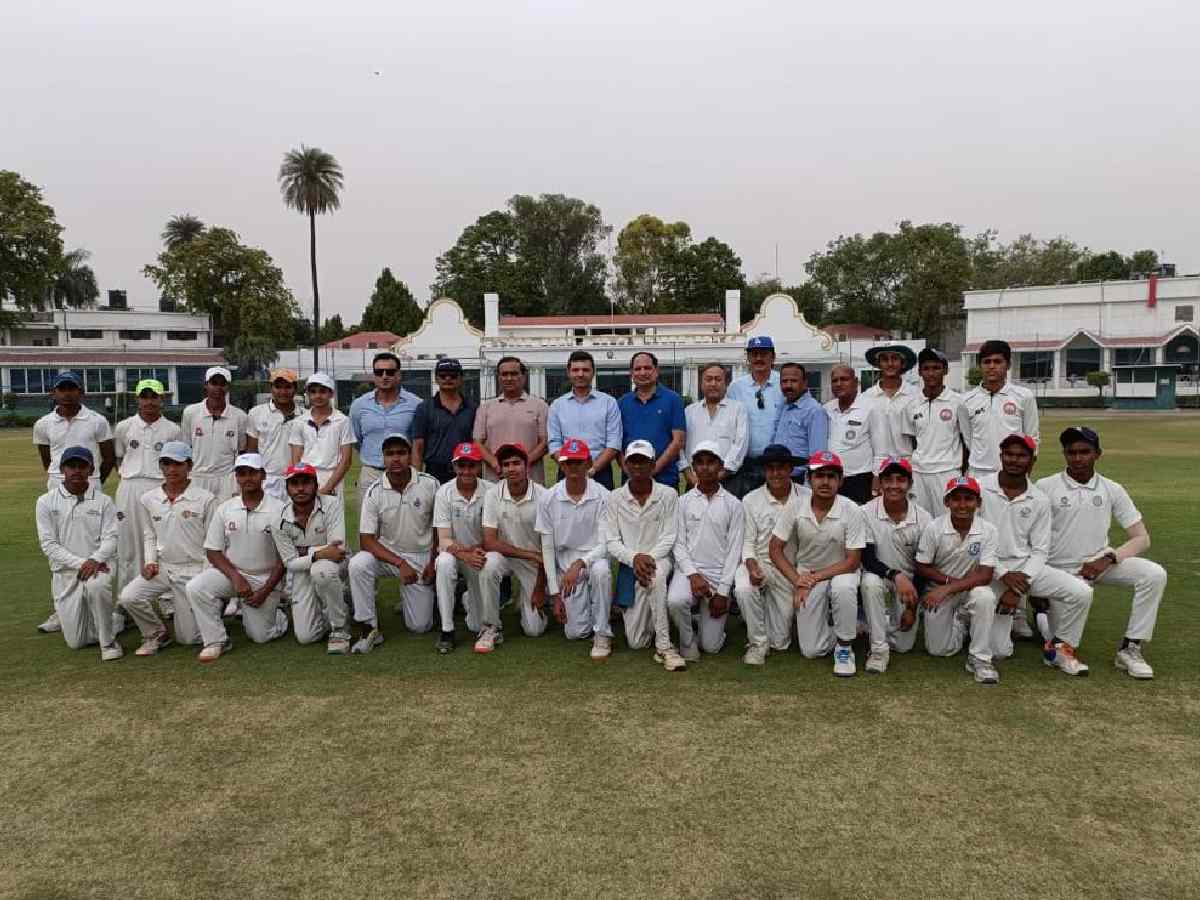Delhi: When India played Australia in the first One-Day International in 2009 in Baroda on October 25, five Delhi players featured in the playing eleven — Virender Sehwag, Gautam Gambhir, Virat Kohli, Ashish Nehra and Ishant Sharma. It was a unique high point for Delhi cricket.
Historically, Delhi has consistently contributed to the national squad. Cricketers like Bishan Singh Bedi, Mohinder Amarnath, and Madan Lal were regulars in India’s Test team during the 1970s. In 1990, four Delhi players were included among the seven North Zone cricketers in the 17-member Indian squad that toured New Zealand. Delhi, along with Jammu and Kashmir, Haryana, Punjab, Himachal Pradesh, Chandigarh and the Services, comprises the North Zone.
Fast forward to May 2025: an 18-member India A squad has been announced for the England tour starting May 30. How many Delhi players made the cut? Just one — pacer Harshit Rana. Even Shubman Gill and Sai Sudharsan, who are expected to join the squad ahead of the second match, are not from Delhi. Meanwhile, five Mumbai players have been selected for the same squad, which will shadow the senior Indian team — yet to be announced.
Also read: IPL 2025 | It’s probably fitting that we’re at the bottom: Fleming
And, on May 22, the BCCI announced a 21-member boys’ under-19 squad, including five standby players, for the upcoming one-day and multi-day tour of England. Here, too, not a single Delhi player could make his way through to it.
Following Virat Kohli’s retirement, only one or possibly two Delhi players are expected to be named in the senior Test squad for the five-match England series: wicketkeeper-batter Rishabh Pant and, possibly, Harshit Rana if he is promoted from India A. Beyond these two, no Delhi cricketer currently has the credentials to merit selection in the national Test team.
Of course, national team selections and annual player contracts are based on performance, not regional quotas. The primary objective is to build a balanced squad comprising the best available talent. However, Delhi’s declining presence in national squads — both men’s and women’s — underscores the deteriorating state of cricket in the Capital.
Women’s representation is also weak
This trend spans genders. In the national women’s ODI and T20 squads announced this month for the upcoming tour of England, Delhi’s presence is minimal. Opener Pratika Rawal is the only Delhi cricketer in the 16-member ODI squad. The 15-member T20 team has none.
The domestic women’s Challengers Trophy tournaments for the 2024–25 season also reflected poor representation from Delhi. These teams are selected by the national women’s selection committee, and they further highlighted Delhi’s marginalisation.
In the annual BCCI men’s player contracts announced in April, only three Delhi players — Kohli, Pant and Rana — were among the 38 contracted. Not a single Delhi player was included in the list of 16 women handed annual contracts in March.
A pattern of neglect
This is not the first time Delhi has had negligible representation in national men’s teams in recent years. Yet, no significant corrective measures appear to have been taken by the Delhi and District Cricket Association (DDCA), headed by Rohan Jaitley. If any initiatives were launched, they are not reflected in team performances.
Delhi’s record of winning titles is dismal. Between the 2015–16 and 2024–25 seasons, the DDCA participated in 102 men’s and women’s tournaments and won just four. In stark contrast, Mumbai won 17 titles in the same period, including four in the 2023–24 season alone.
A three-member Technical Expert Group (TEG), led by 1983 World Cup-winning all-rounder Madan Lal, had highlighted the root causes and proposed a road map for reform in a hard-hitting report submitted in March 2023. Rohan Jaitley had appointed this committee. Yet, more than two years later, there is little evidence that the DDCA has acted on the report’s recommendations. Delhi’s poor showing continues across both men’s and women’s teams.
Titles matter for selection
Vinay Lamba, former Delhi captain, and Sunil Valson, a member of the 1983 World Cup-winning squad, were the other signatories of the TEG report. Today, Lamba is unsure whether any concrete steps were taken based on it. Although reluctant to discuss the report further, he stressed the importance of title wins.
“Unless a team wins titles, or reaches semi-finals or finals — performances in these matches matter a lot and are noticed — players of that team won’t come into national reckoning as individuals. We are probably not realising just how important it is to win tournaments,” Lamba told Patriot.
Lamba added that the departure of a few senior players in recent years had weakened Delhi’s squad. “Those players were doing well for Delhi but then left us. Batsman Dhruv Shorey left for Vidarbha; he is still scoring runs for them. Batsman Nitish Rana left for Uttar Pradesh,” he cited.
Also read: IPL 2025: Struggling DC take on formidable GT in reverse leg game
Team’s poor form affects individuals
Former Delhi and North Zone captain Akash Lal echoed Lamba’s concerns. He said Delhi’s poor domestic performance impacts individual players’ chances at the national level.
“Not winning titles is surely a reflection of not enough talent being available in Delhi to be groomed for higher levels of cricket. The other aspect could be that even if there is talent in Delhi, perhaps the North Zone doesn’t have a selector who has the ability to argue and push forward players’ cases in the meetings,” Lal told Patriot.
“You have to know your game inside-out as a selector, and convey that with words. When selectors sit down, it doesn’t necessarily mean that the team that is doing the best will have more people [in the national team],” he said.
Lal cited an example from his tenure as North Zone representative in the national selection committee that picked the Indian team for the 1989–90 New Zealand tour. “I managed to push in seven players from the North Zone in the 17-member Indian squad. They were Kapil Dev, Gursharan Singh, Manoj Prabhakar, Vivek Razdan, Ajay Sharma, Navjot Sidhu and Atul Wassan. But selections don’t always depend upon the strength of a zone,” he noted. Of course, some players from the North Zone, like Kapil Dev, were automatic picks.
A former journalist educated in Australia and England, Lal described his strategy in selection meetings: “Chairman of the selection committee, Raj Singh Dungarpur, would, of course, speak first. I always used to speak in the end. That used to be my tactic, as by then I would have gauged what the others had said and then I would counter them; and it depended on how you counter them.”
Lamba agreed with Lal’s assessment that a team’s poor performance inevitably impacts its players’ visibility. “It is bound to happen,” he emphasised. On Harshit Rana being the lone Delhi player in the India A squad for England, Lamba added, “He has earned his place.”





